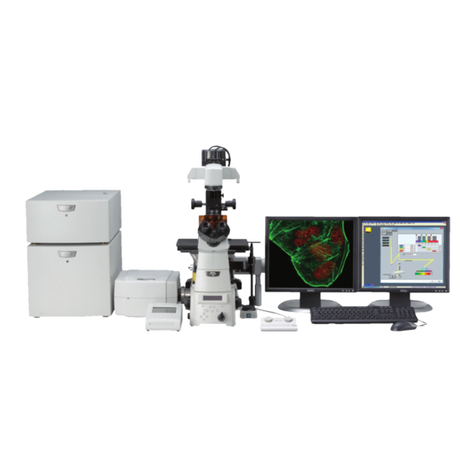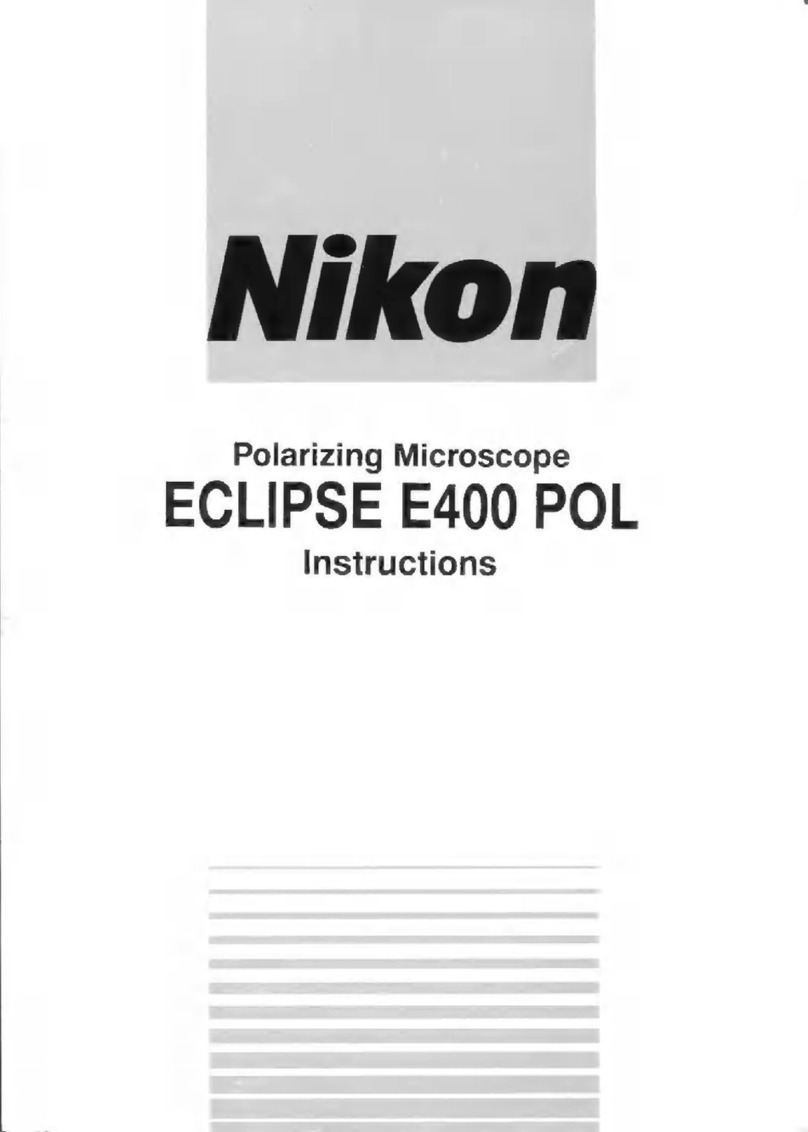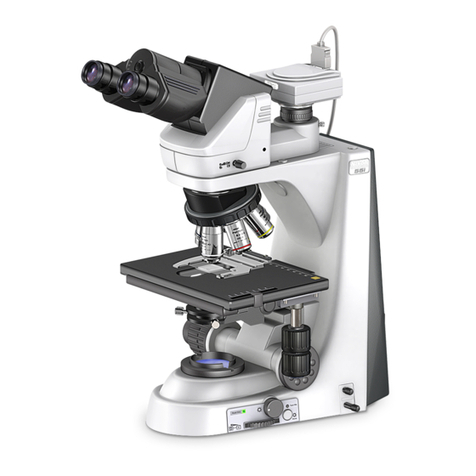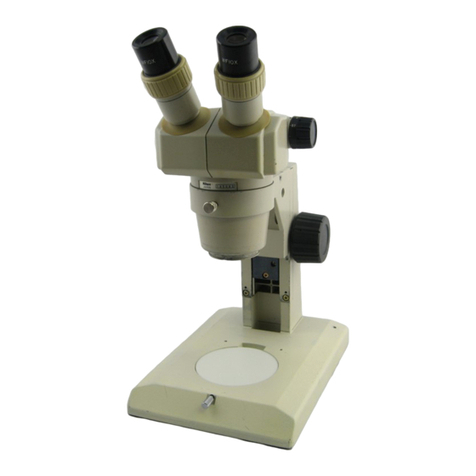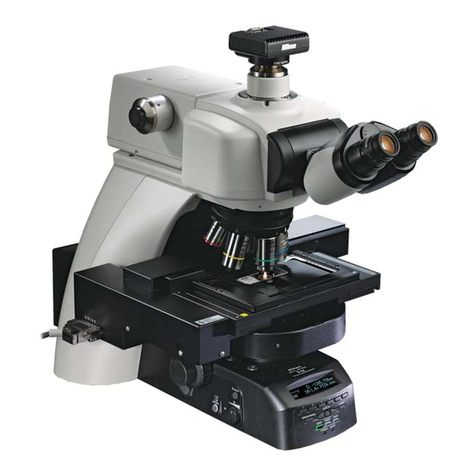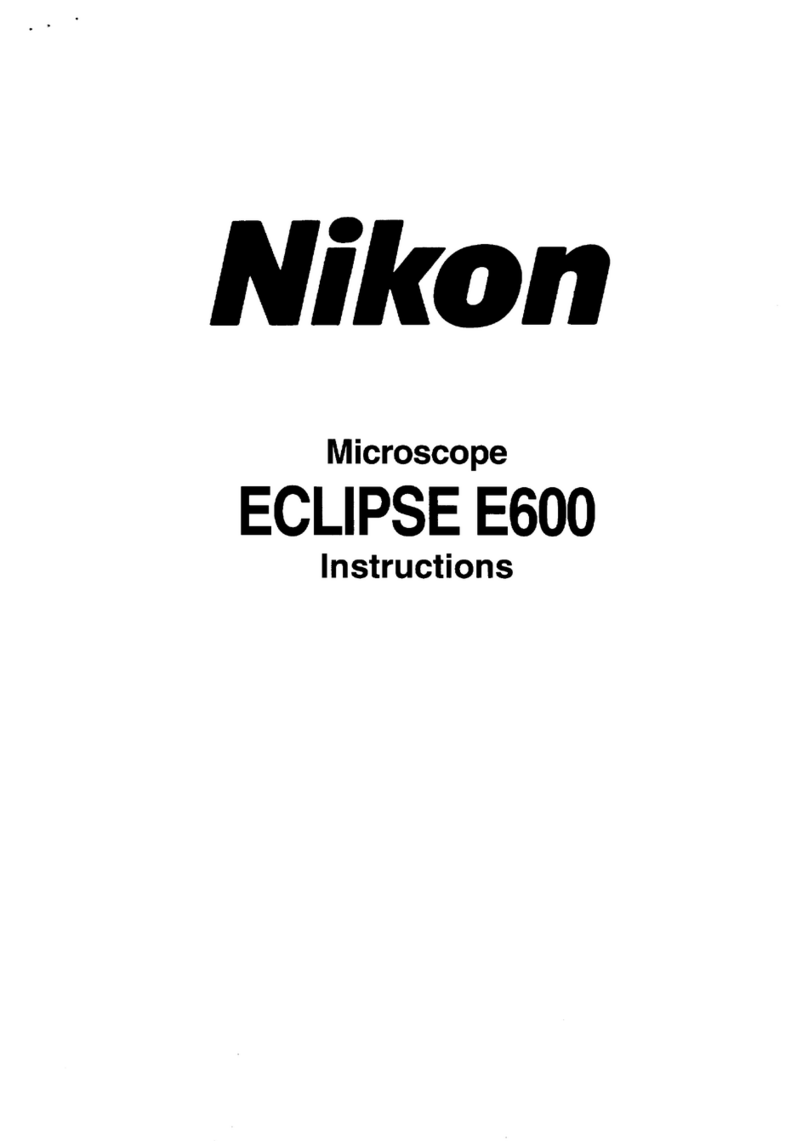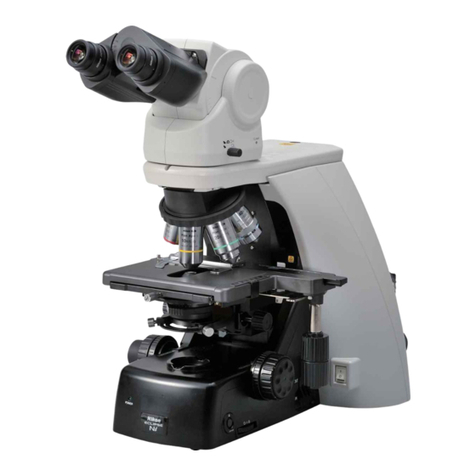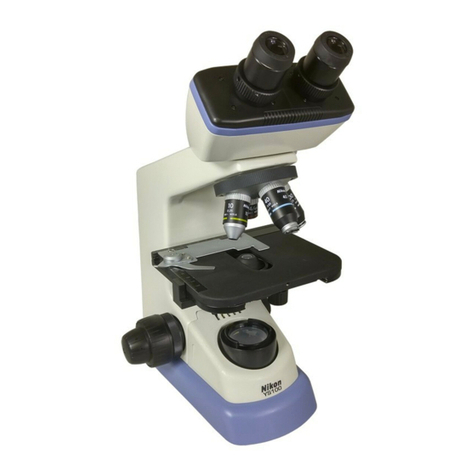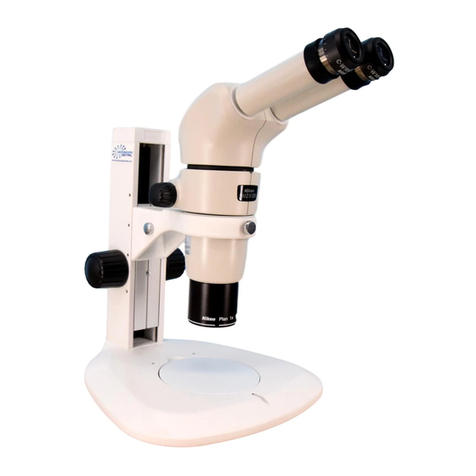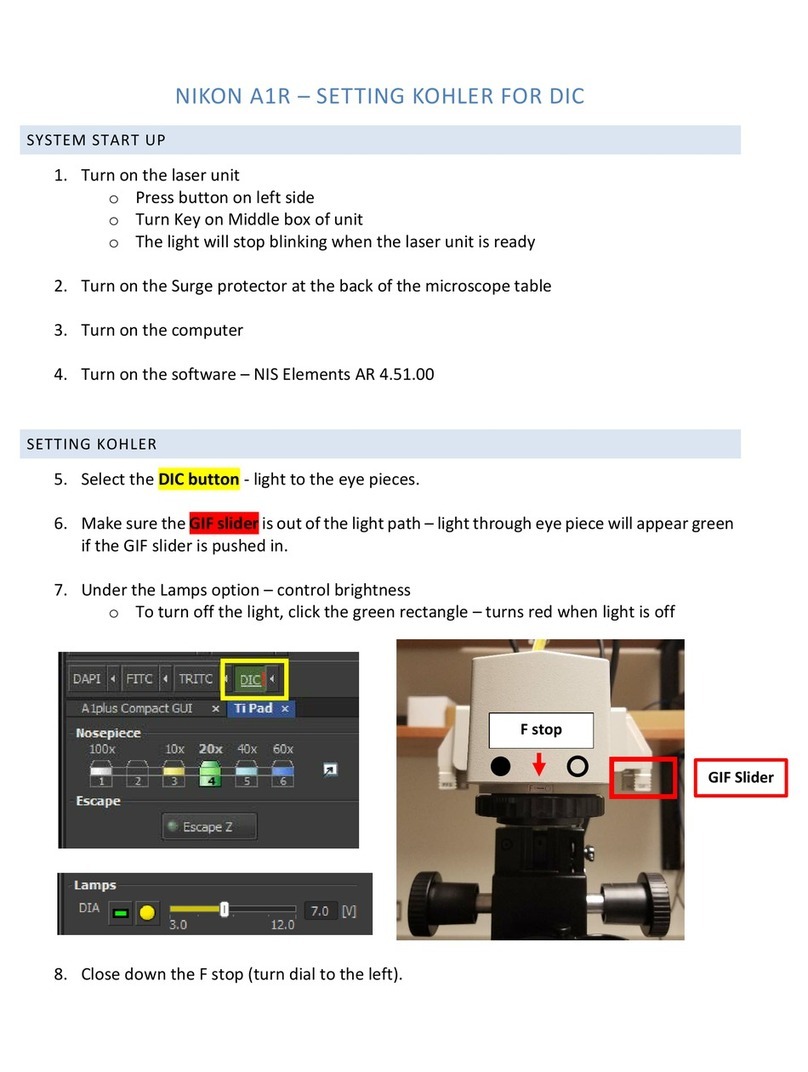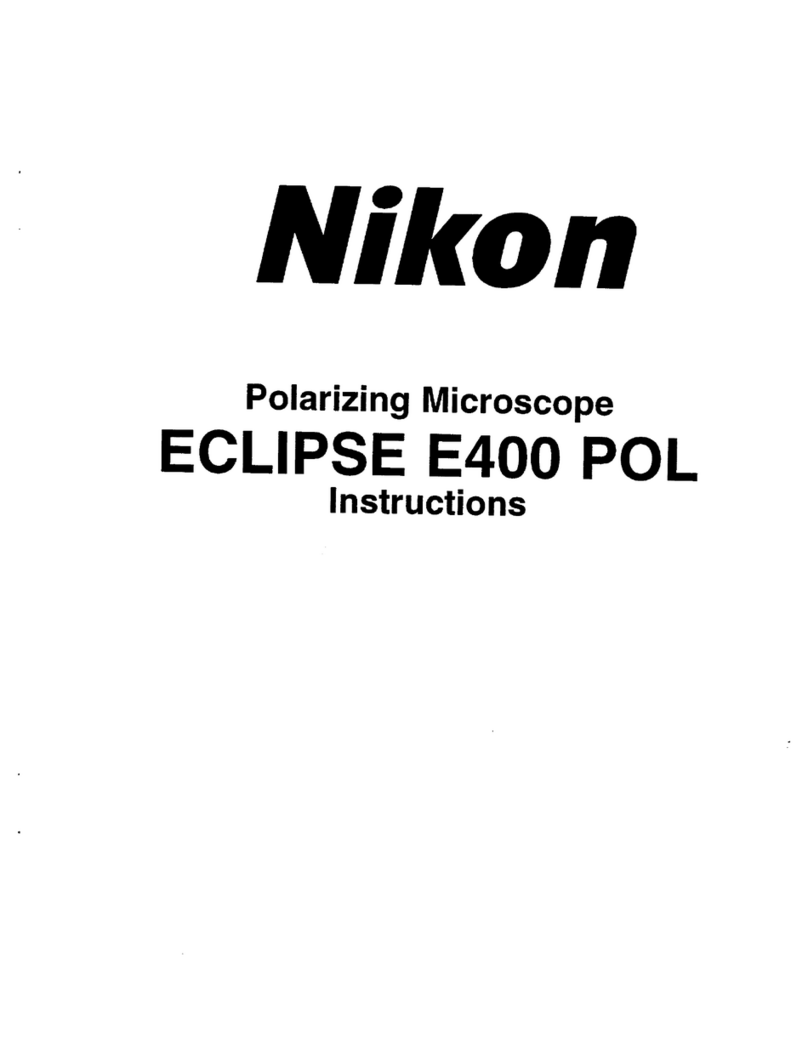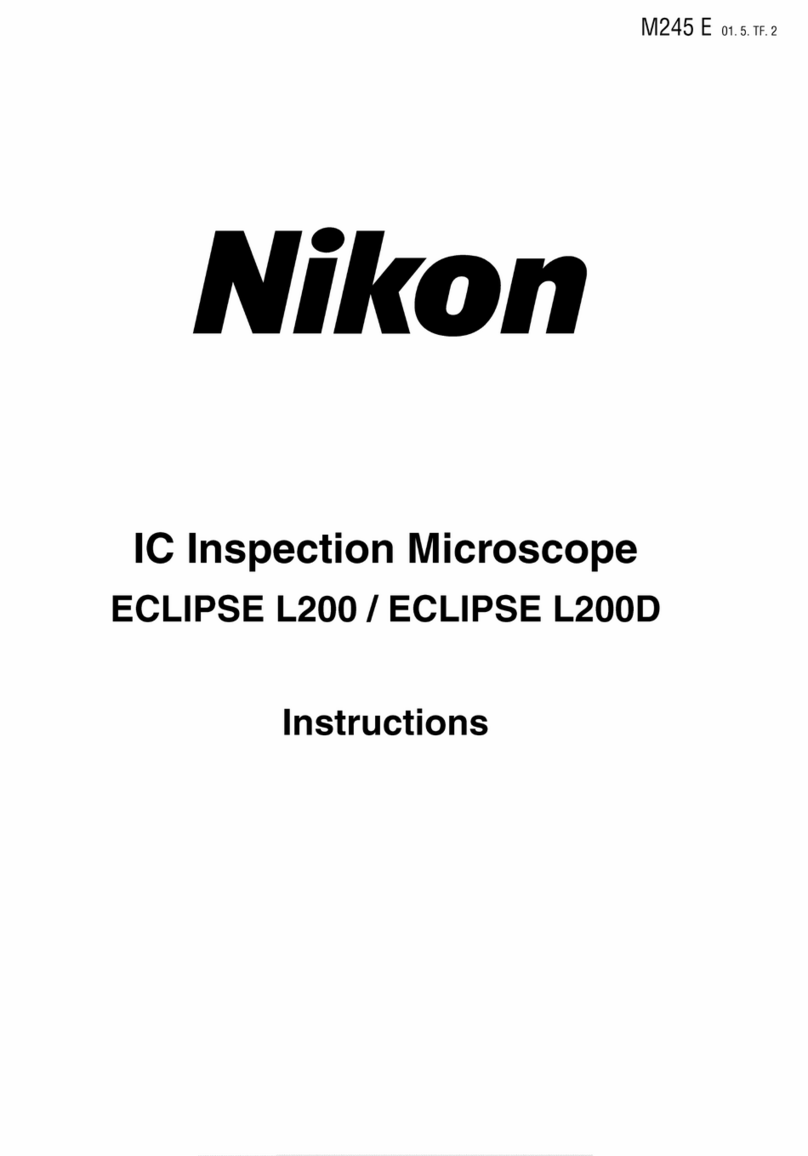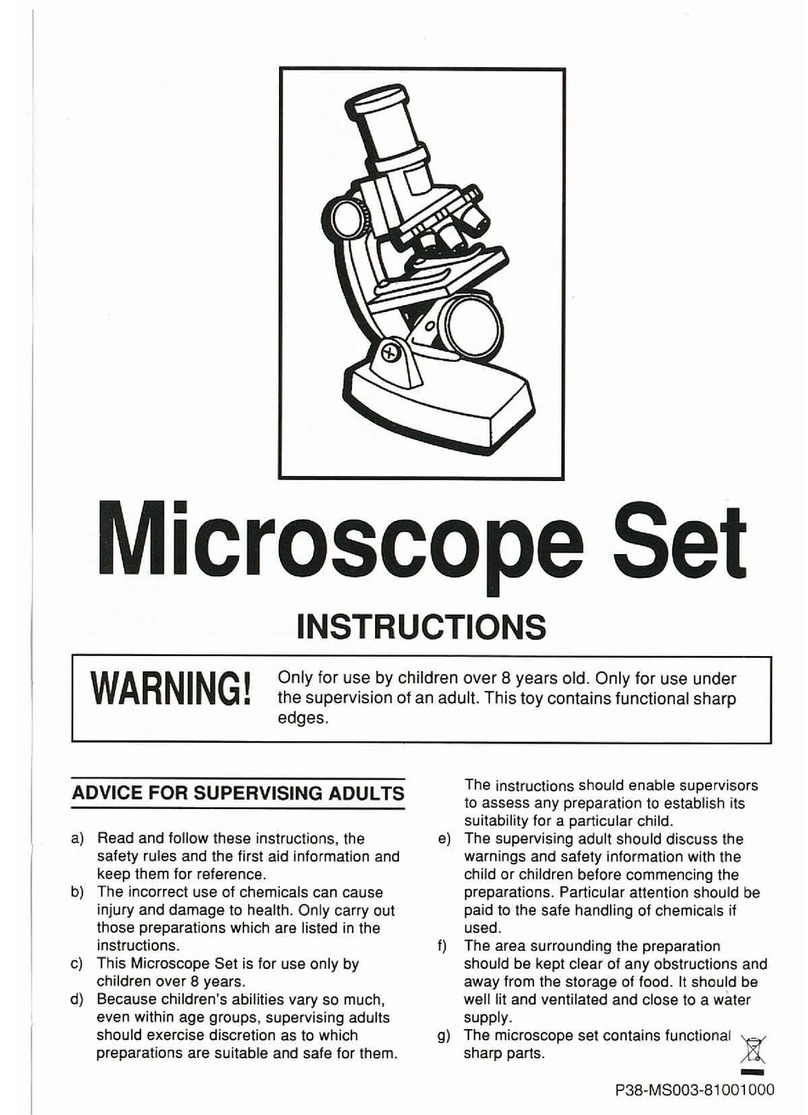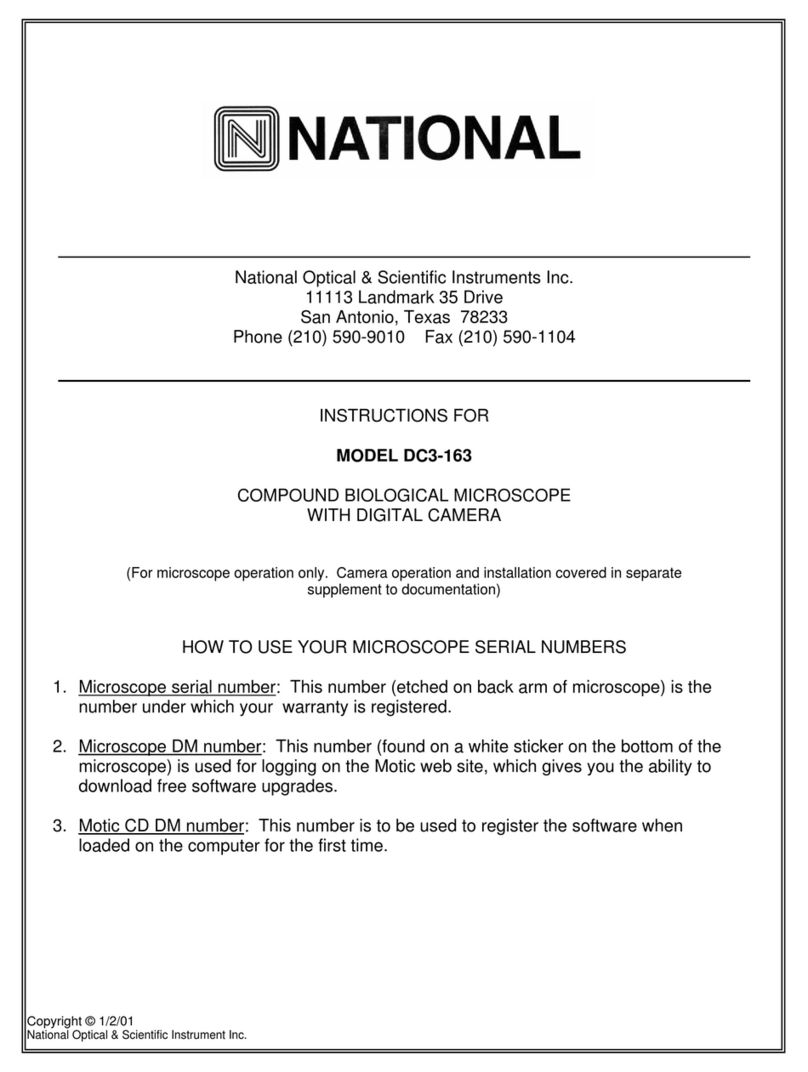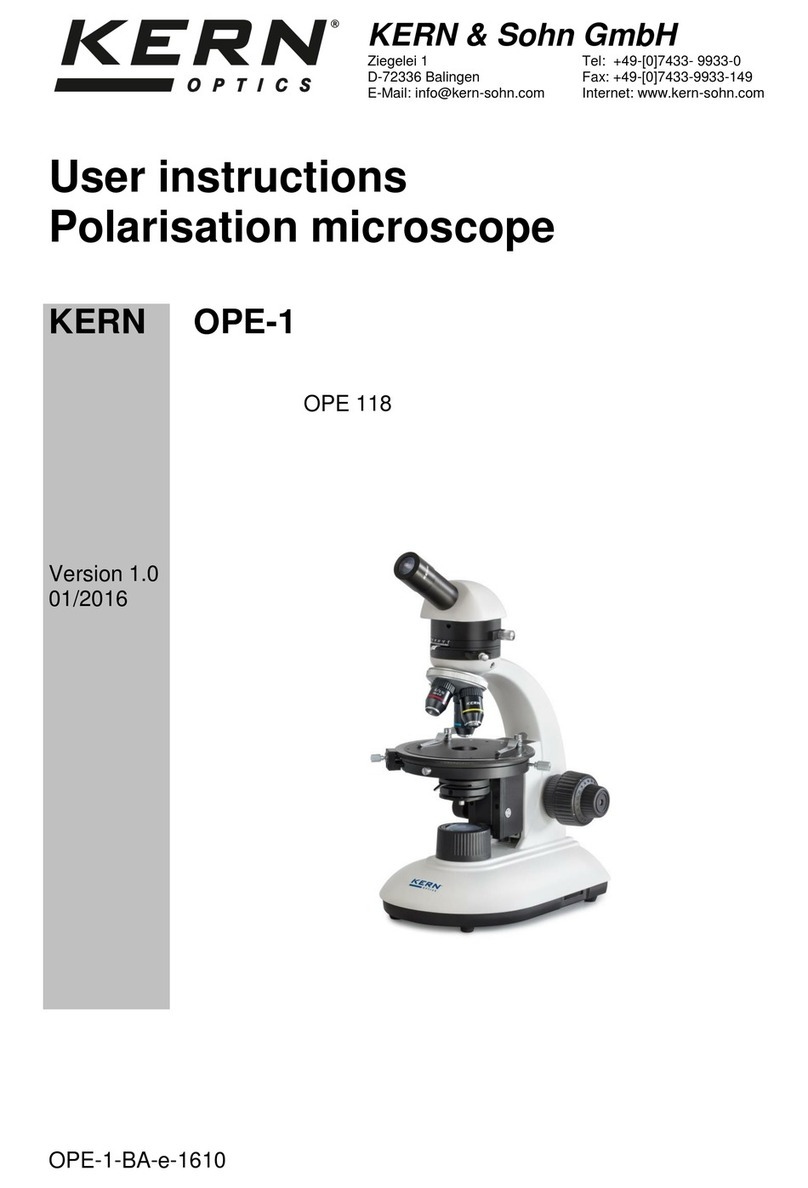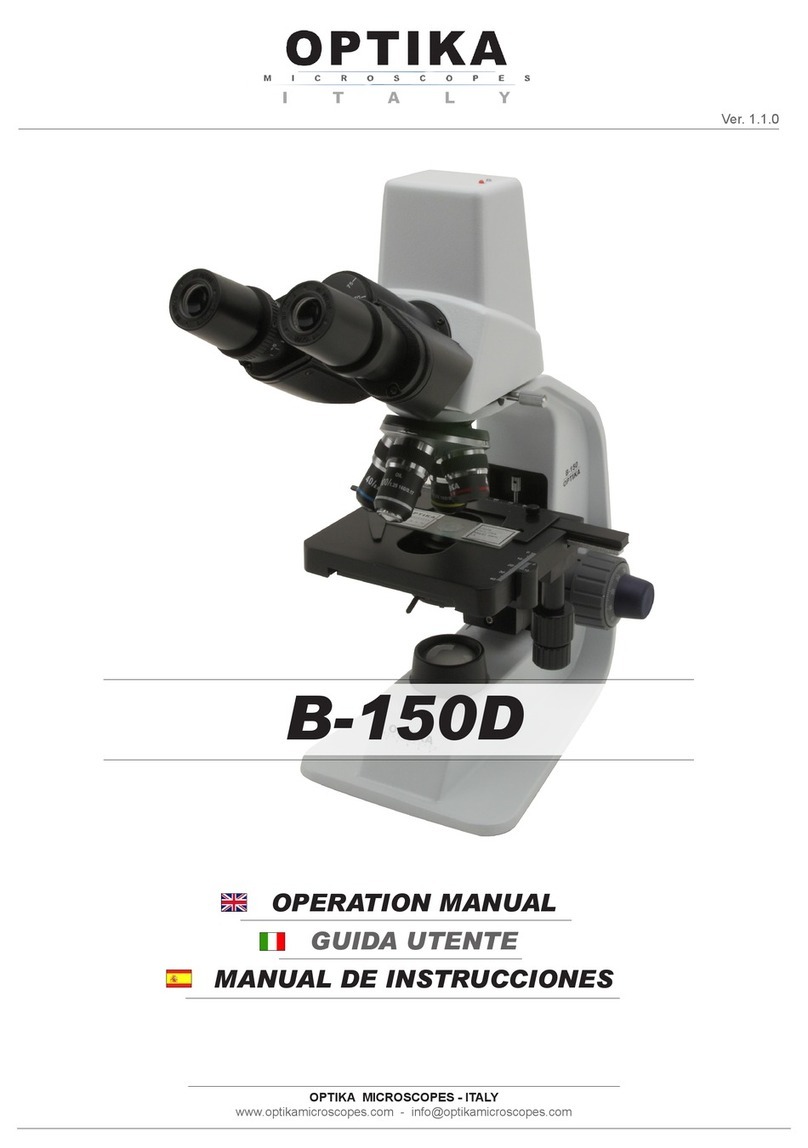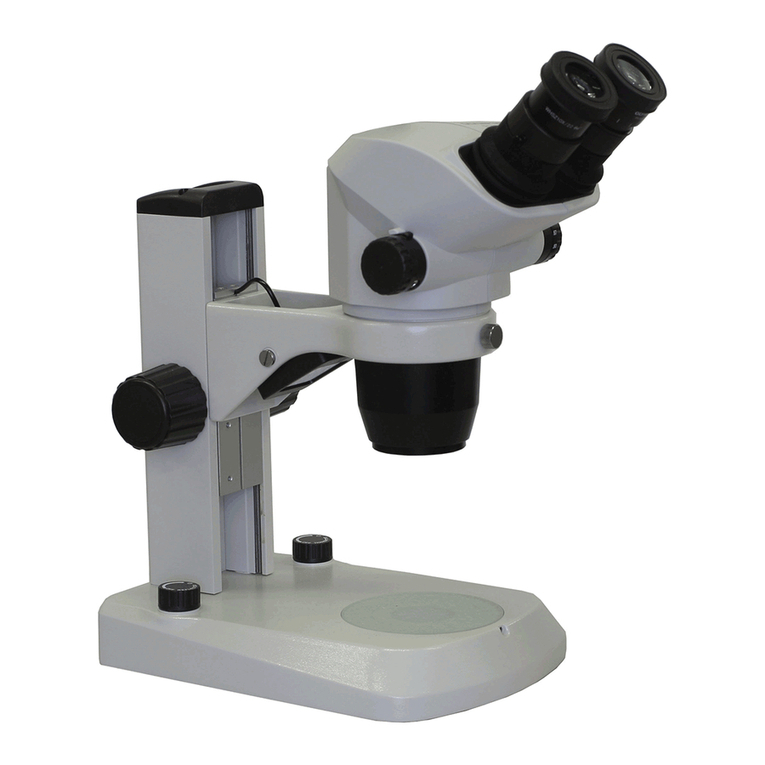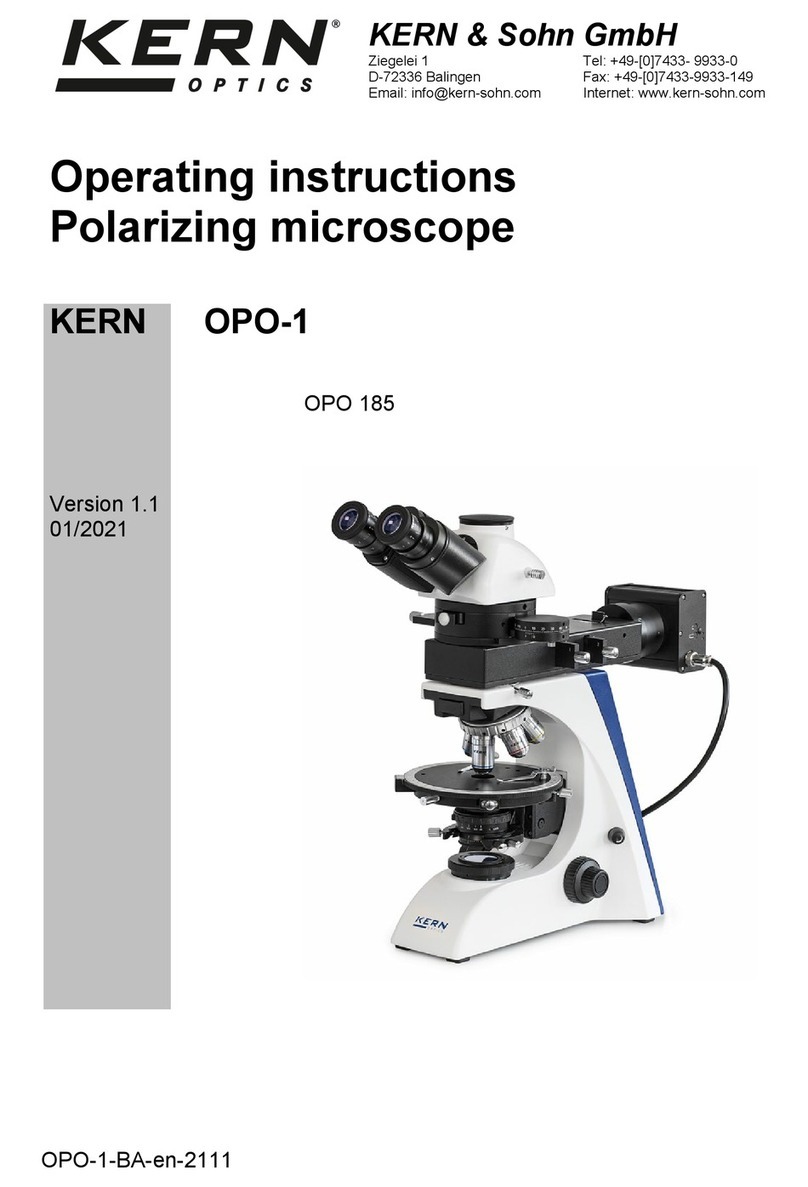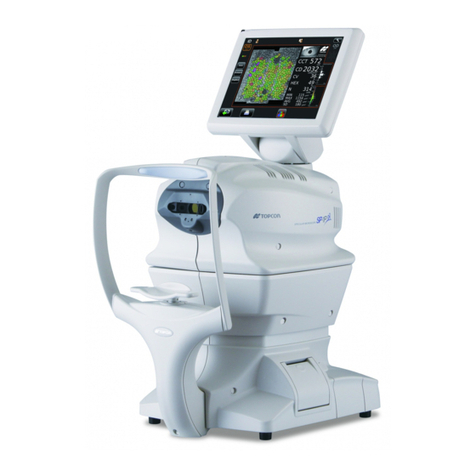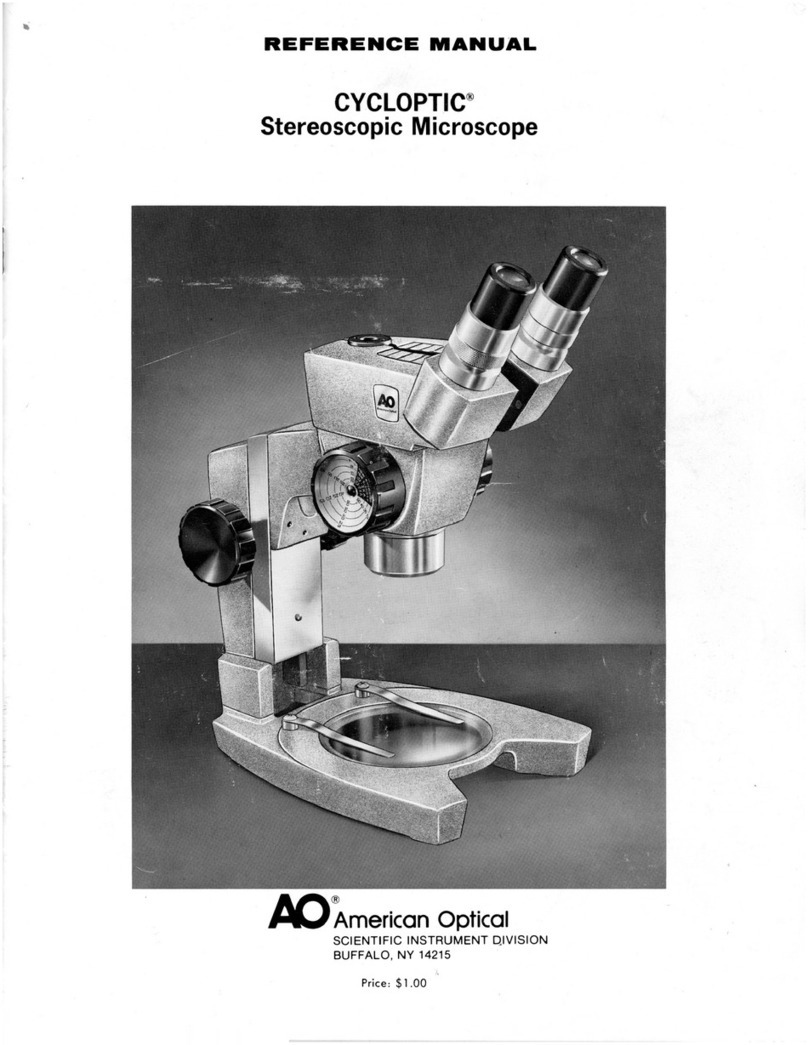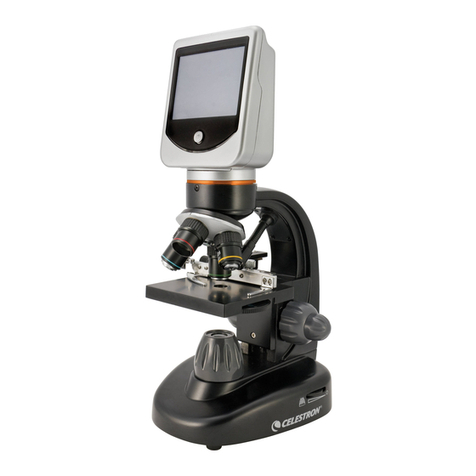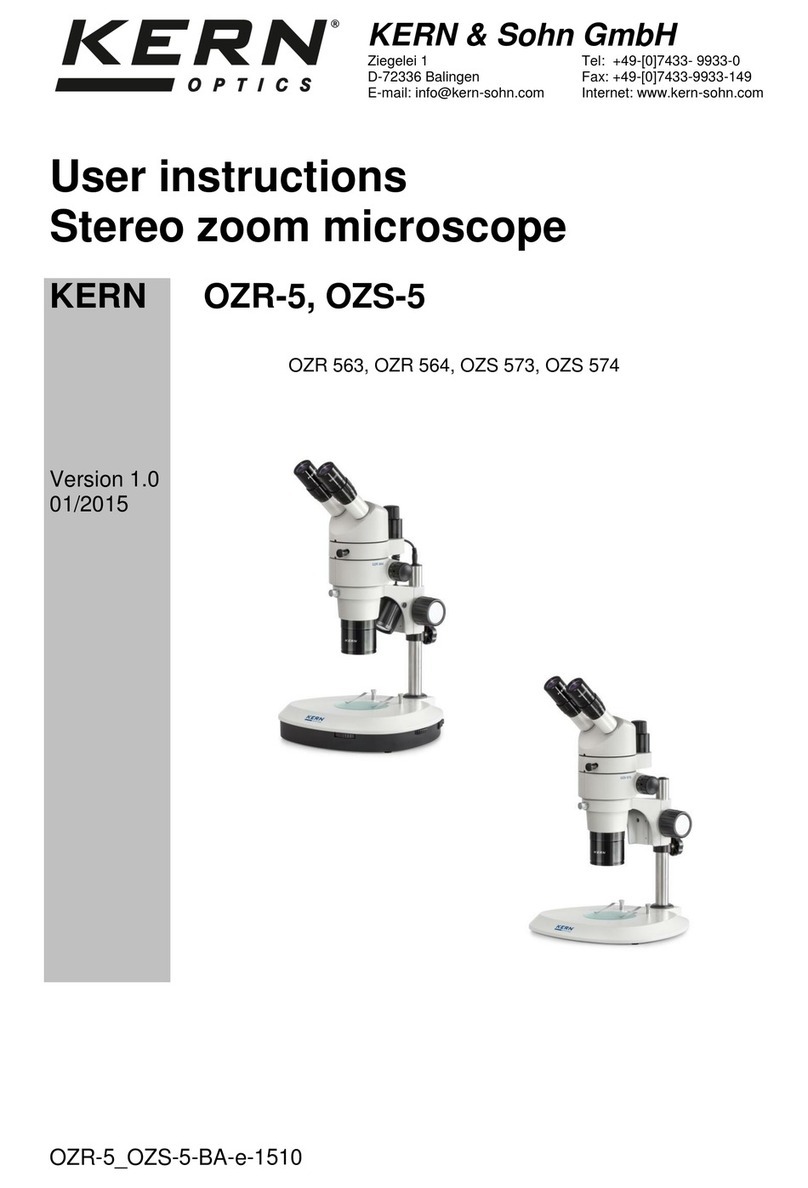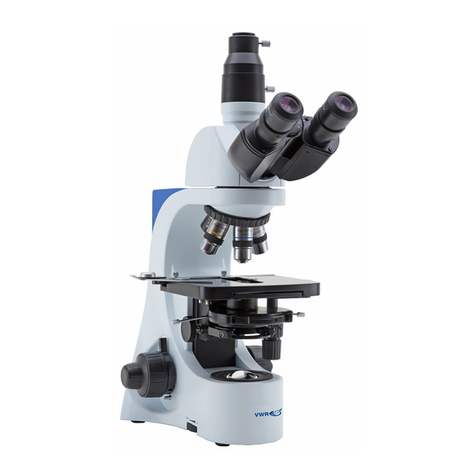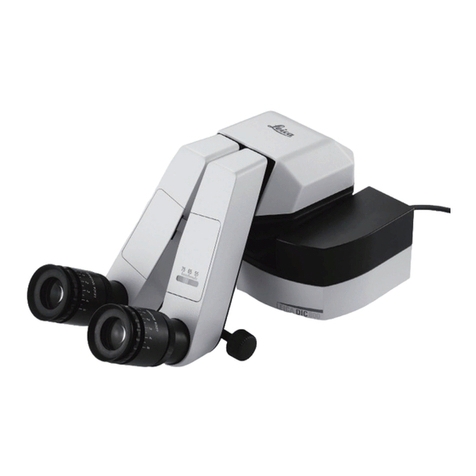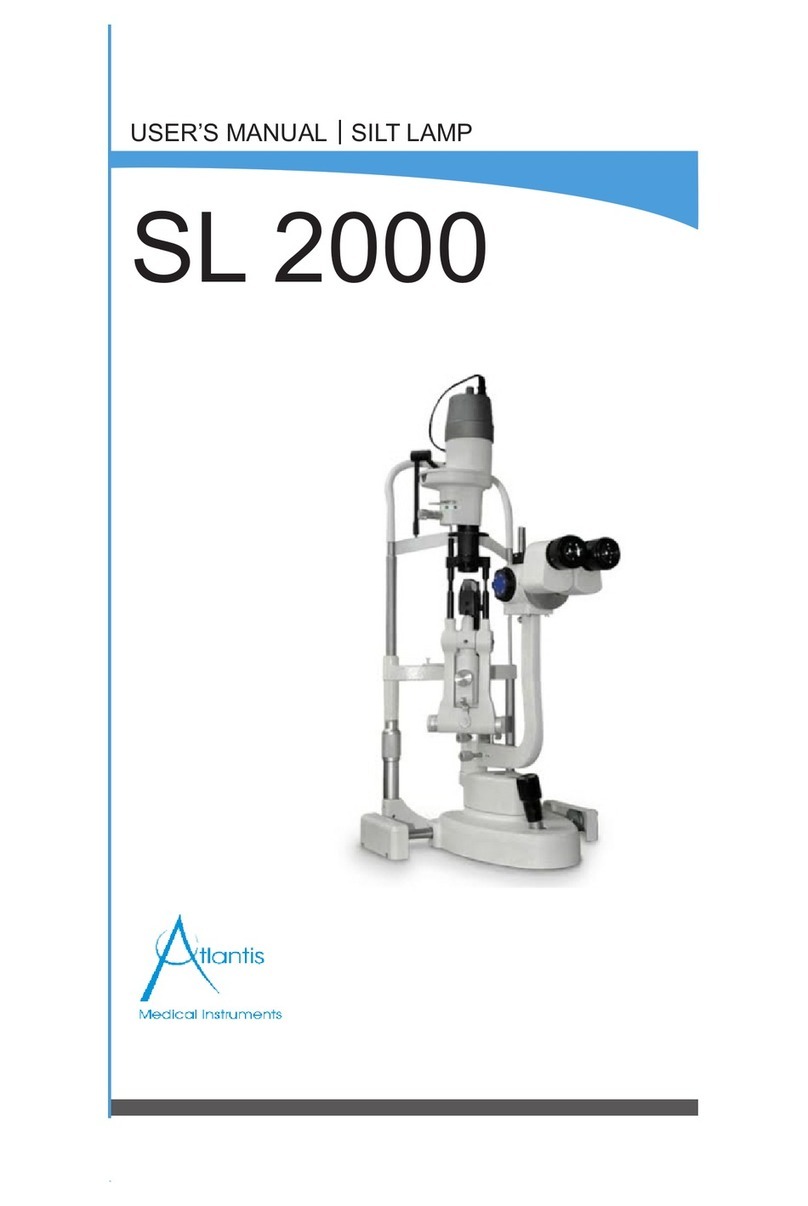P-400R Digital Microscope Instructions
iv
Contents
4.3.8 Changing the aperture mode............................................................ 35
4.3.9 Adjusting the exposure ..................................................................... 36
(1) Compensating the exposure ......................................................... 36
(2) Setting the shutter speed .............................................................. 37
(3) Setting the camera gain ................................................................ 38
(4) Using the AE lock .......................................................................... 39
4.3.10 Setting the white balance ................................................................. 40
4.4 Capturing the Image under Observation ........................................................ 41
4.4.1 Capturing an image .......................................................................... 41
4.5 Playing Back Captured Images ...................................................................... 43
4.5.1 Starting playback mode .................................................................... 43
4.5.2 Switching the image ......................................................................... 44
4.5.3 Displaying thumbnail images............................................................ 44
4.5.4 Enlarging an image........................................................................... 45
4.6 Deleting Captured Images.............................................................................. 46
4.6.1 Deleting the image that has just been captured ............................... 46
4.6.2 Deleting the currently displayed image ............................................ 47
5 Advanced Use of Capturing Functions .........................................................48
5.1 Registering a Custom Definition ..................................................................... 50
5.2 Setting the Active Folder................................................................................. 51
5.2.1 Creating a new folder ....................................................................... 51
5.2.2 Setting an existing folder as the active folder................................... 52
5.3 Selecting the Image Quality Mode.................................................................. 53
5.4 Selecting the Image Size................................................................................ 54
5.5 Selecting the Exposure Mode......................................................................... 55
5.6 Program AE Settings ...................................................................................... 56
5.7 Setting the Quality of Images to be Captured ................................................ 58
5.8 Switching the Metering Method ...................................................................... 61
5.9 Switching the Metering Area........................................................................... 62
5.10 Using Continuous Shooting Mode .................................................................. 63
5.11 Using Shading Correction............................................................................... 65
5.12 Setting the Scale ............................................................................................ 66
6 Advanced Use of Playback Functions...........................................................67
6.1 Deleting Multiple Images All at One Time....................................................... 69
6.1.1 Deleting the selected images ........................................................... 69
6.1.2 Deleting a folder containing images ................................................. 70
6.2 Specifying the Playback Folder ...................................................................... 72
7 Changing Settings ...........................................................................................73
7.1 Adjusting the Brightness of the LCD Monitor.................................................. 75
7.2 Adjusting the Volume of the Operation Sound................................................ 75
7.3 Selecting the Video Output Signal Format ..................................................... 76
7.4 Selecting the Shutter Release Method ........................................................... 76
7.5 Initializing an SD Card .................................................................................... 77
7.6 Setting the Automatic Power Save Function .................................................. 77
7.7 Selecting the Language.................................................................................. 78
7.8 Setting the Current Date and Time ................................................................. 78
